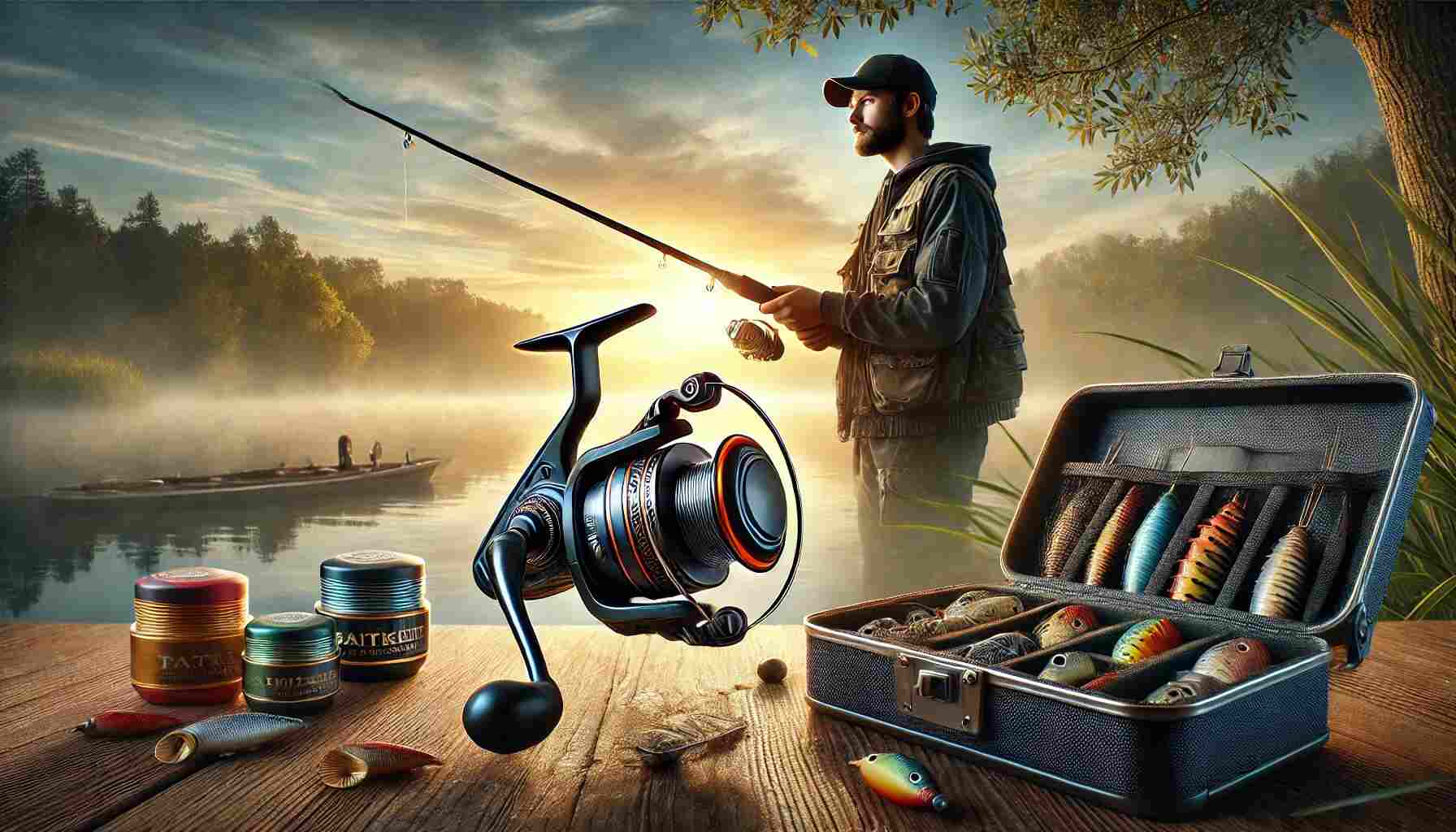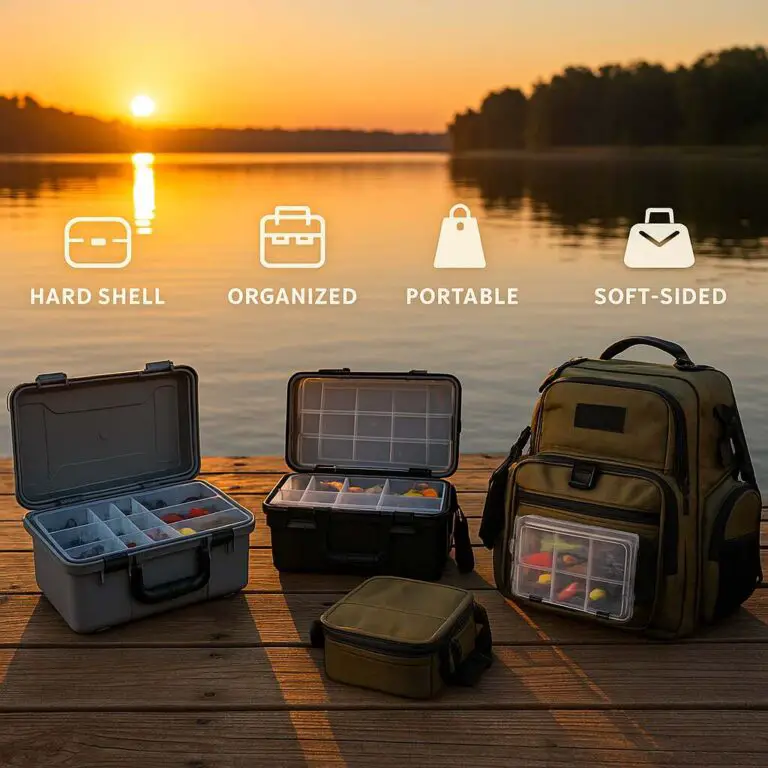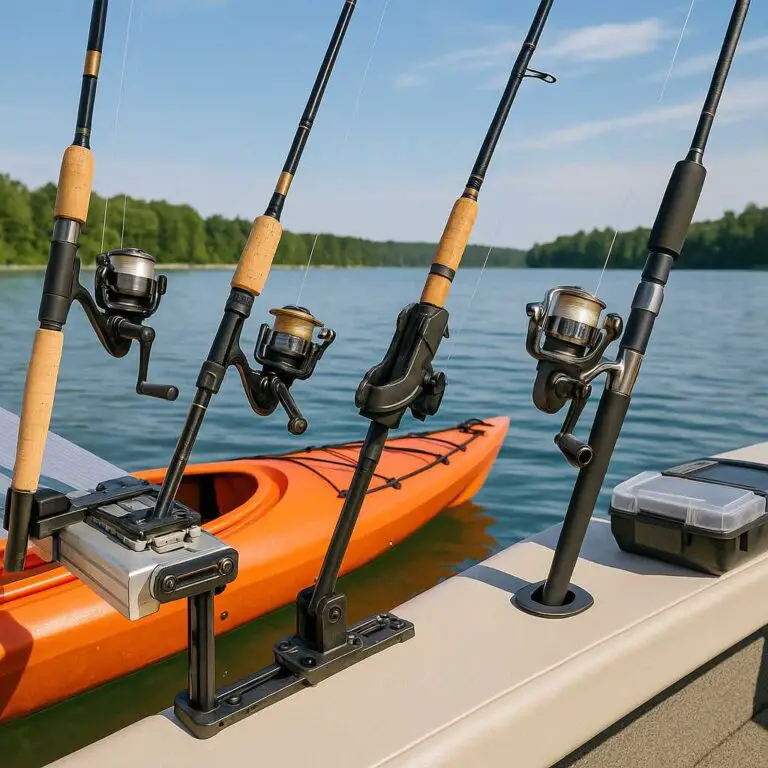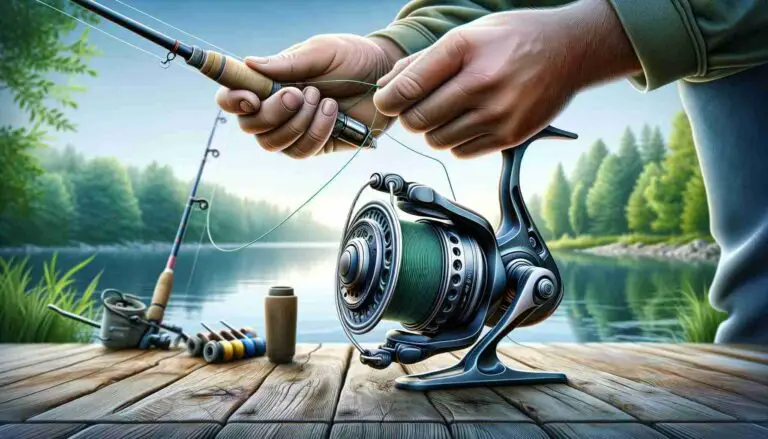Using a baitcaster reel can seem daunting for beginners, but it offers significant advantages once mastered. Baitcasting reels provide better control and precision, making them ideal for various fishing techniques. This comprehensive guide will walk you through everything you need to know about using a baitcaster, from setting it up to advanced casting techniques.
Why Choose a Baitcaster?
Benefits of Baitcasters
- Accuracy and Control: Baitcasters allow for pinpoint casting accuracy, essential when targeting specific spots.
- Power and Strength: These reels handle heavier lines and lures, making them suitable for larger fish.
- Versatility: Ideal for various fishing styles, including flipping, pitching, and long-distance casting.
When to Use a Baitcaster
- Fishing in heavy cover or around structures
- Using heavier baits and lures
- When precise casting is crucial
Parts of a Baitcaster
Understanding the components of a baitcaster is the first step to mastering its use. Here are the key parts:
- Spool: Holds the fishing line.
- Handle: Used to retrieve the line.
- Drag System: Adjusts the resistance on the line.
- Braking System: Helps control the speed of the spool to prevent backlash.
- Thumb Bar: Releases the spool for casting.
- Line Guide: Ensures even line distribution on the spool.
Setting Up Your Baitcaster
Spooling the Line
- Choose the Right Line: Use a line suitable for your target species and fishing conditions. Monofilament, fluorocarbon, and braided lines are popular choices.
- Attach the Line: Thread the line through the line guide and tie it to the spool using an arbor knot.
- Fill the Spool: Keep the line taut and evenly fill the spool, leaving about 1/8 inch from the edge.
Adjusting the Drag System
- Locate the Drag Knob: Usually near the handle.
- Set the Drag: Tighten or loosen the drag based on the size of the fish you’re targeting. A good rule is to set the drag to about one-third of the line’s breaking strength.
Setting the Brakes
Baitcasters have two main types of braking systems: magnetic and centrifugal.
- Magnetic Brakes: Adjust the dial to control the braking force. Higher settings provide more control but reduce casting distance.
- Centrifugal Brakes: Open the side plate and adjust the brake pins. Engaged pins provide more braking force.
Fine-Tuning the Spool Tension
- Locate the Tension Knob: Near the handle.
- Adjust the Tension: Tighten until the lure slowly drops when the thumb bar is pressed. This prevents backlash during casting.
Casting with a Baitcaster
Basic Casting Technique
- Grip the Rod: Hold the rod with your thumb resting on the spool.
- Engage the Thumb Bar: Press the thumb bar to release the spool.
- Cast the Lure: Use a smooth, controlled motion to cast the lure. Apply thumb pressure to control the spool speed and prevent backlash.
- Engage the Reel: Turn the handle to engage the reel and begin retrieving.
Advanced Casting Techniques
- Flipping and Pitching: Ideal for short, accurate casts in heavy cover.
- Sidearm Casting: Useful for casting under obstacles or in windy conditions.
- Roll Casting: Provides a smooth, continuous motion for precise casting.
Common Baitcaster Issues and Solutions
Backlash (Bird’s Nest)
Causes:
- Improper braking and tension settings
- Casting too hard
Solutions:
- Adjust Brakes and Tension: Ensure the brakes and tension are set correctly.
- Practice Thumb Control: Use your thumb to control the spool speed during casting.
- Use Heavier Lures: Heavier lures are easier to control and reduce the risk of backlash.
Line Twist and Tangles
Causes:
- Improper spooling
- Using the wrong line type
Solutions:
- Check Line Spooling: Ensure the line is spooled evenly and tightly.
- Use Swivels: Swivels can help prevent line twist.
- Choose the Right Line: Match the line type to your fishing conditions.
Maintenance and Care
Cleaning Your Baitcaster
- Disassemble the Reel: Remove the spool and handle.
- Clean the Parts: Use a soft cloth and mild soap to clean all parts.
- Lubricate Moving Parts: Apply reel oil to the gears, bearings, and spool.
Storing Your Baitcaster
- Loosen the Drag: This prevents the drag washers from becoming compressed.
- Store in a Dry Place: Keep your reel in a cool, dry place to prevent rust and corrosion.
Choosing the Right Baitcaster
Considerations
- Gear Ratio: Determines the speed of line retrieval. Higher ratios are faster, while lower ratios provide more power.
- Line Capacity: Ensure the reel can hold enough line for your target species.
- Frame Material: Aluminum frames are durable, while graphite frames are lighter.
Recommended Baitcasters
- Shimano Curado: Known for its smooth operation and durability.
- Abu Garcia Revo: Offers a good balance of power and speed.
- Daiwa Tatula: Features a T-Wing system for improved casting distance.
Tips for Beginners
- Practice Casting: Spend time practicing in an open area to build confidence and control.
- Start with Heavier Lures: Heavier lures are easier to cast and control.
- Watch Tutorials: Online videos and tutorials can provide visual guidance and tips.
Frequently Asked Questions
How Do I Prevent Backlash?
- Ensure brakes and tension are set correctly.
- Practice controlling the spool with your thumb.
What Line Should I Use?
- Monofilament for beginners due to its flexibility.
- Braided line for strength and sensitivity.
- Fluorocarbon for low visibility and abrasion resistance.
How Often Should I Clean My Baitcaster?
- After every fishing trip in saltwater.
- Every few months for freshwater fishing.
Conclusion
Mastering a baitcaster takes practice and patience, but the benefits are well worth the effort. With the right setup, technique, and maintenance, you can enhance your fishing experience and increase your chances of landing that big catch. Follow this guide to get started and become proficient in using a baitcaster.
By incorporating these tips and techniques, you can confidently use a baitcaster and enjoy its advantages over other types of reels. Happy fishing!




